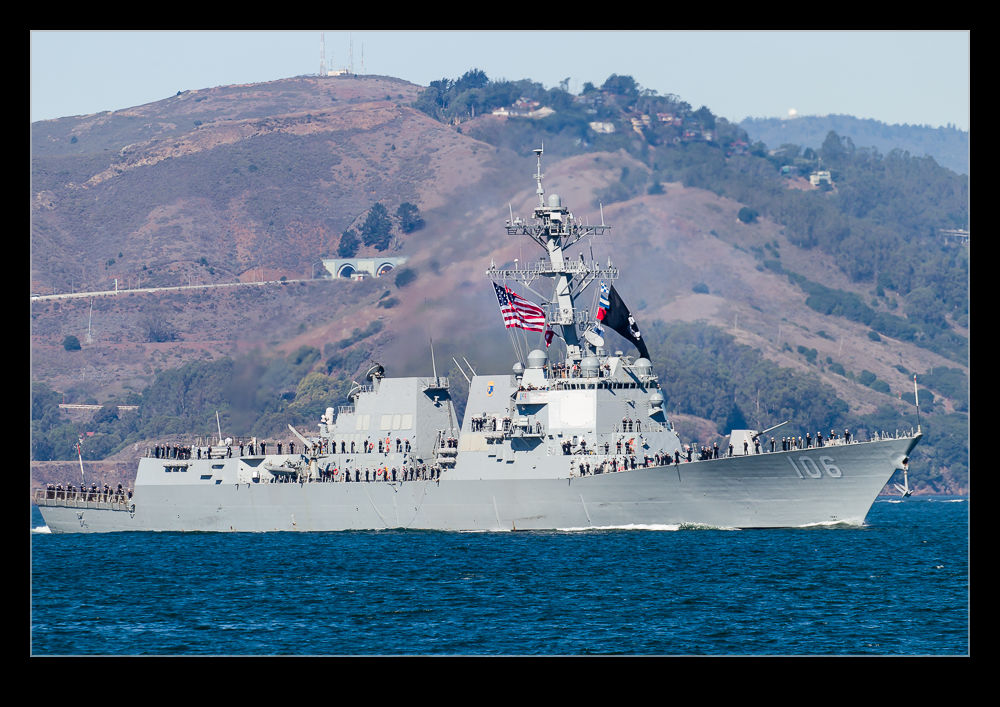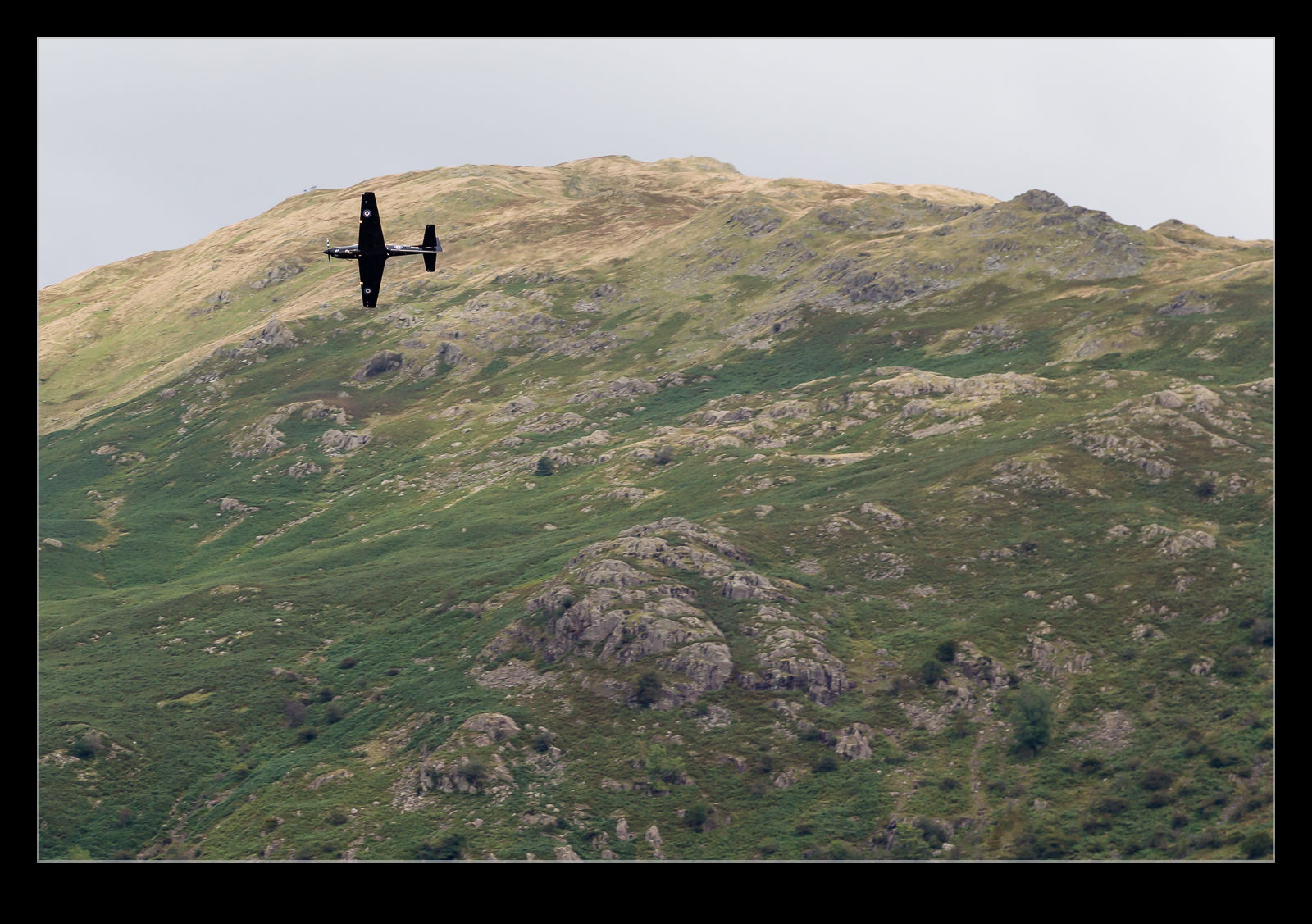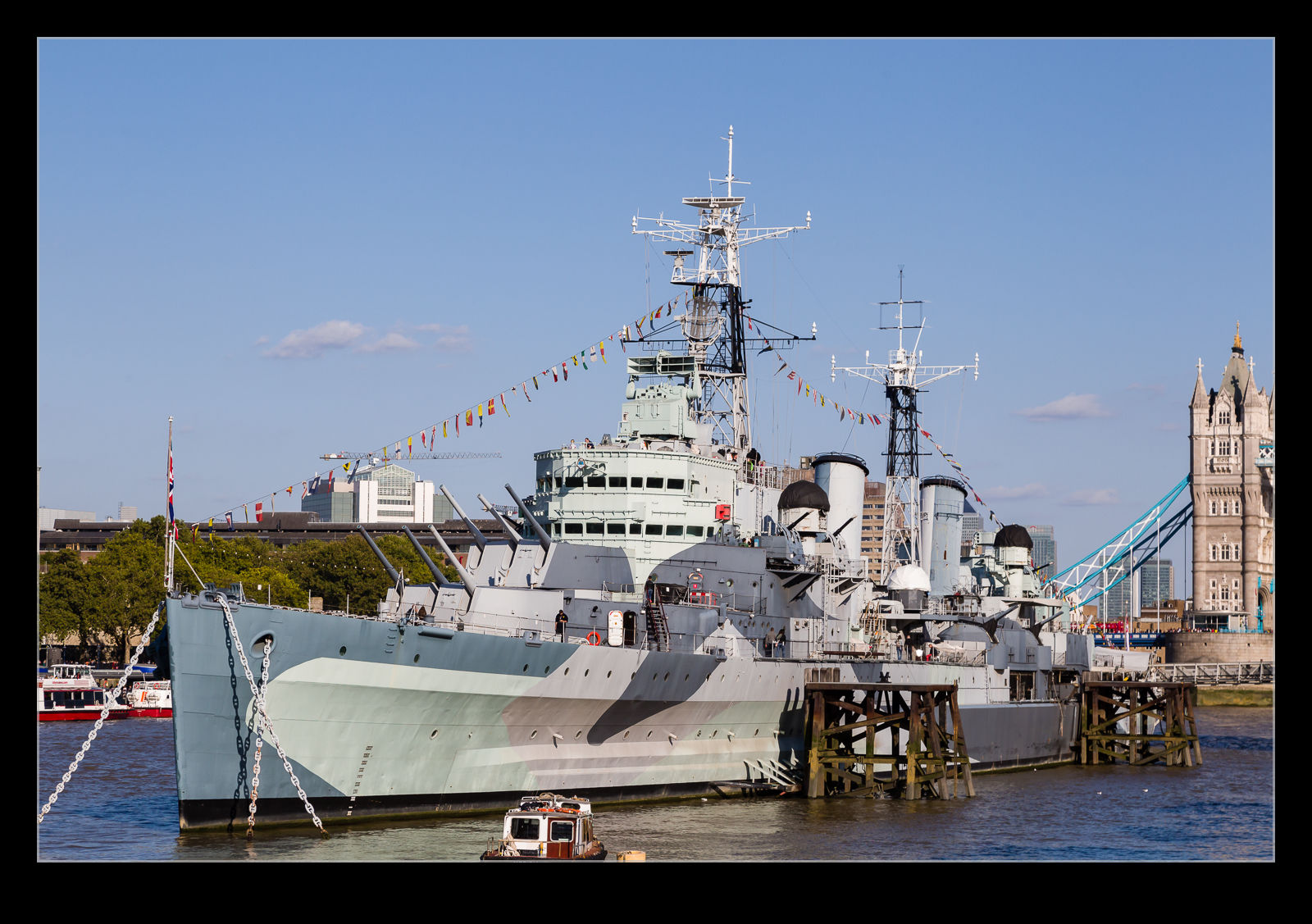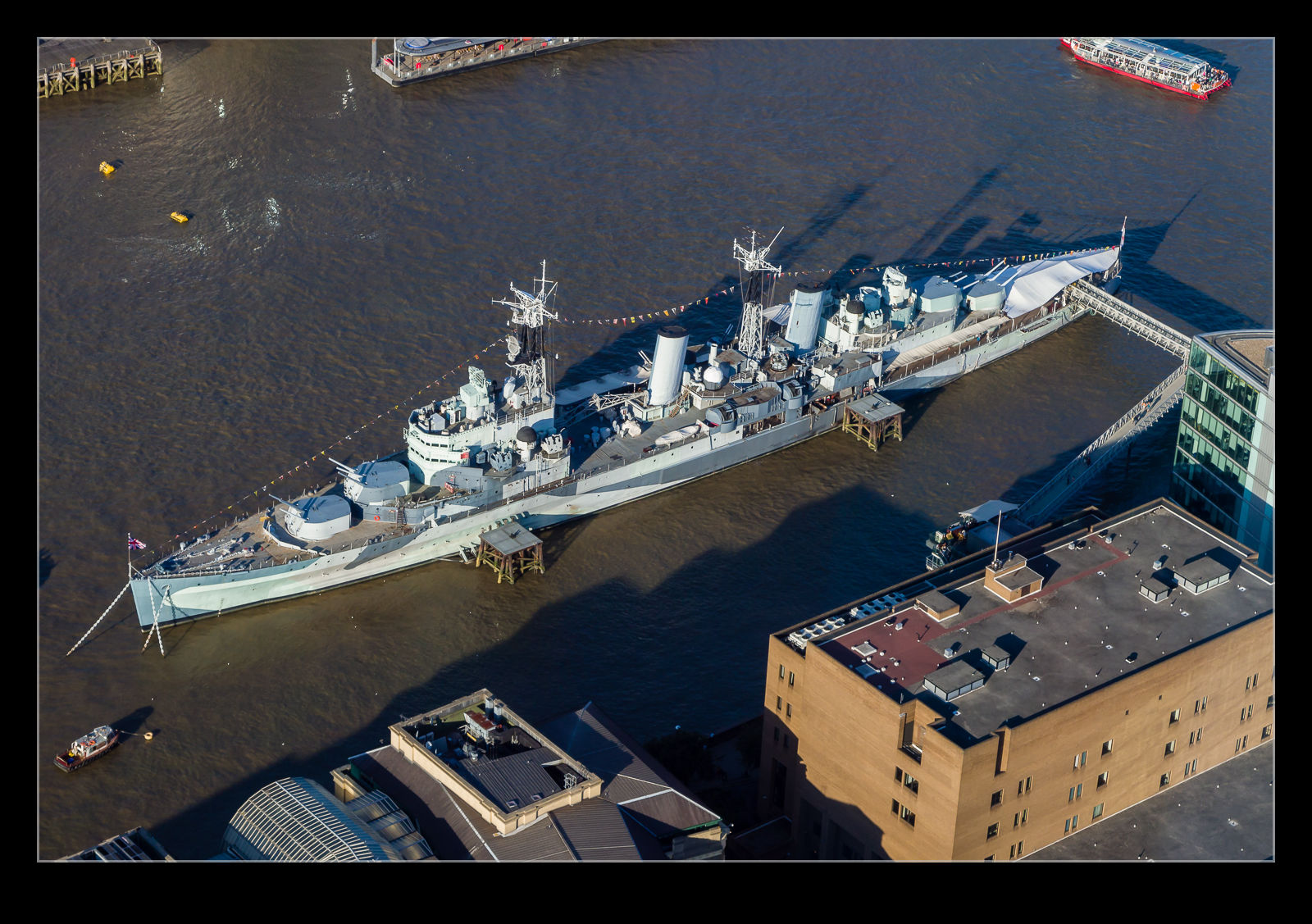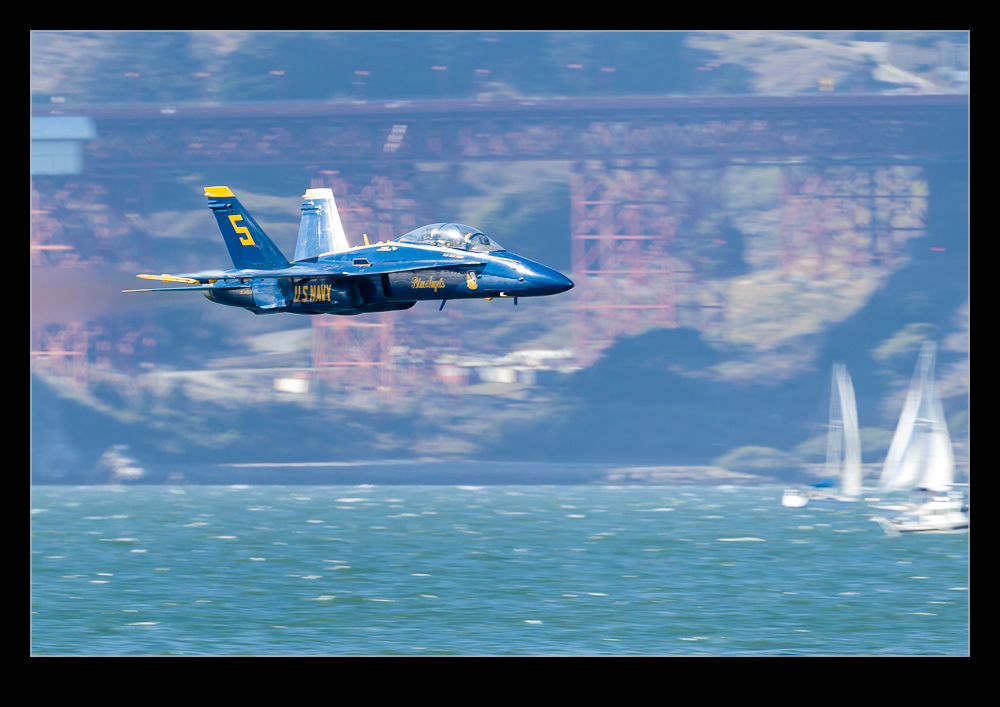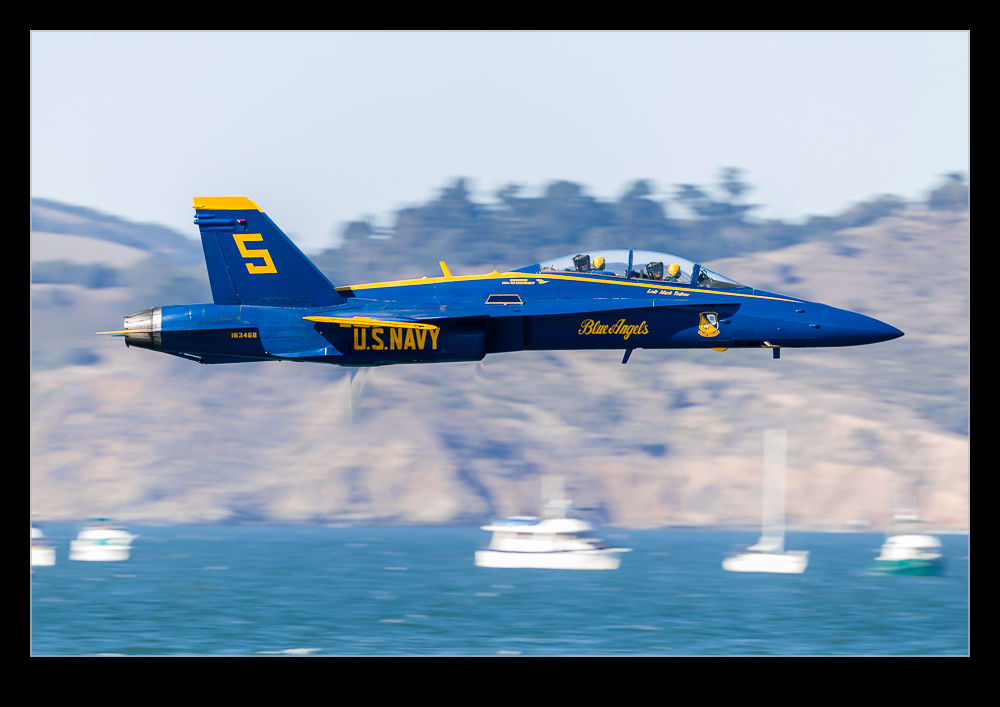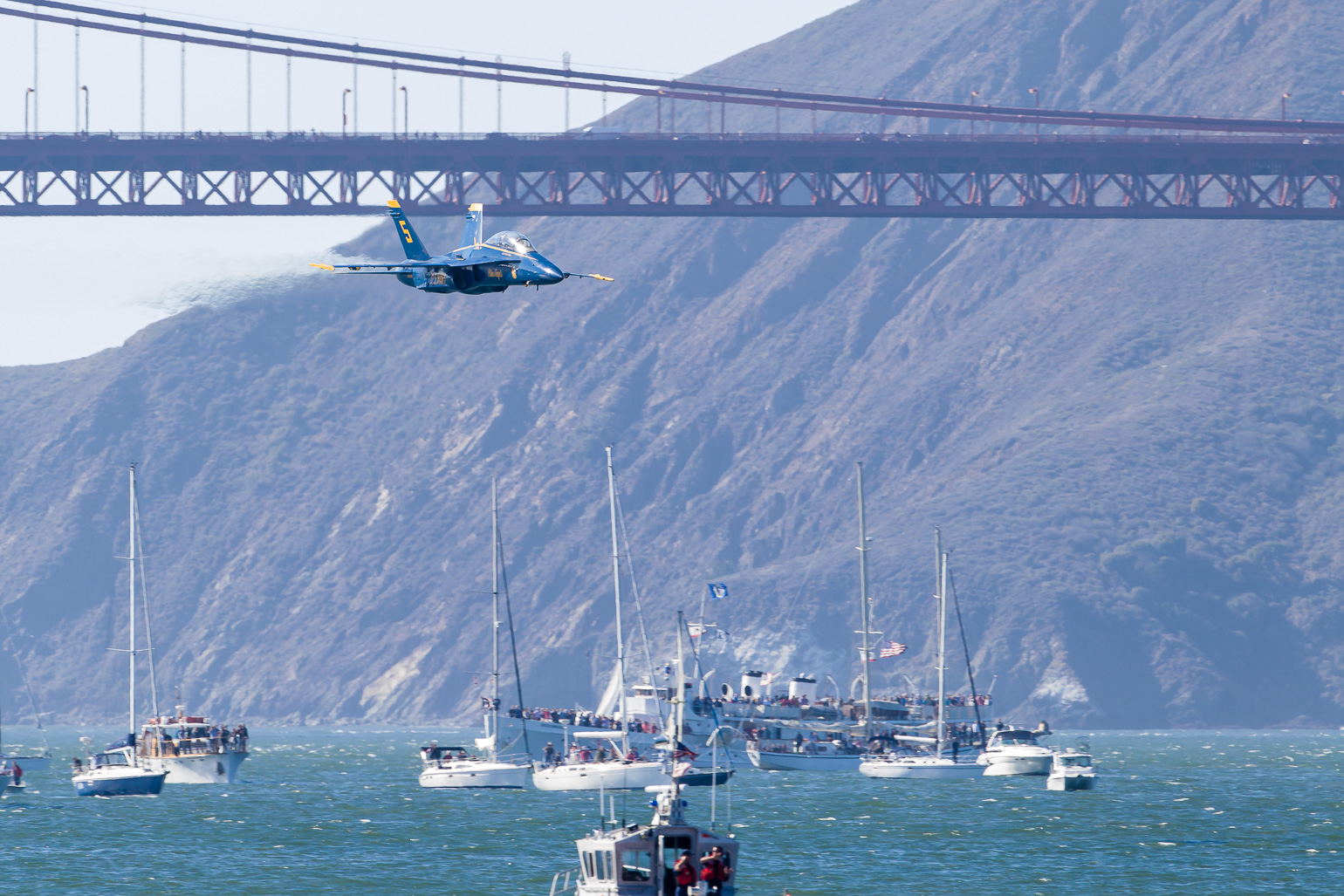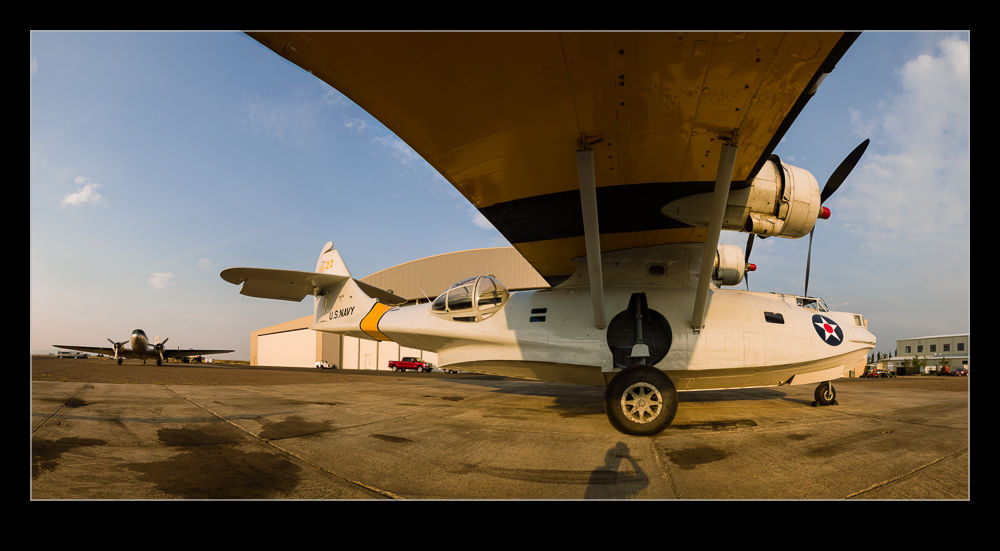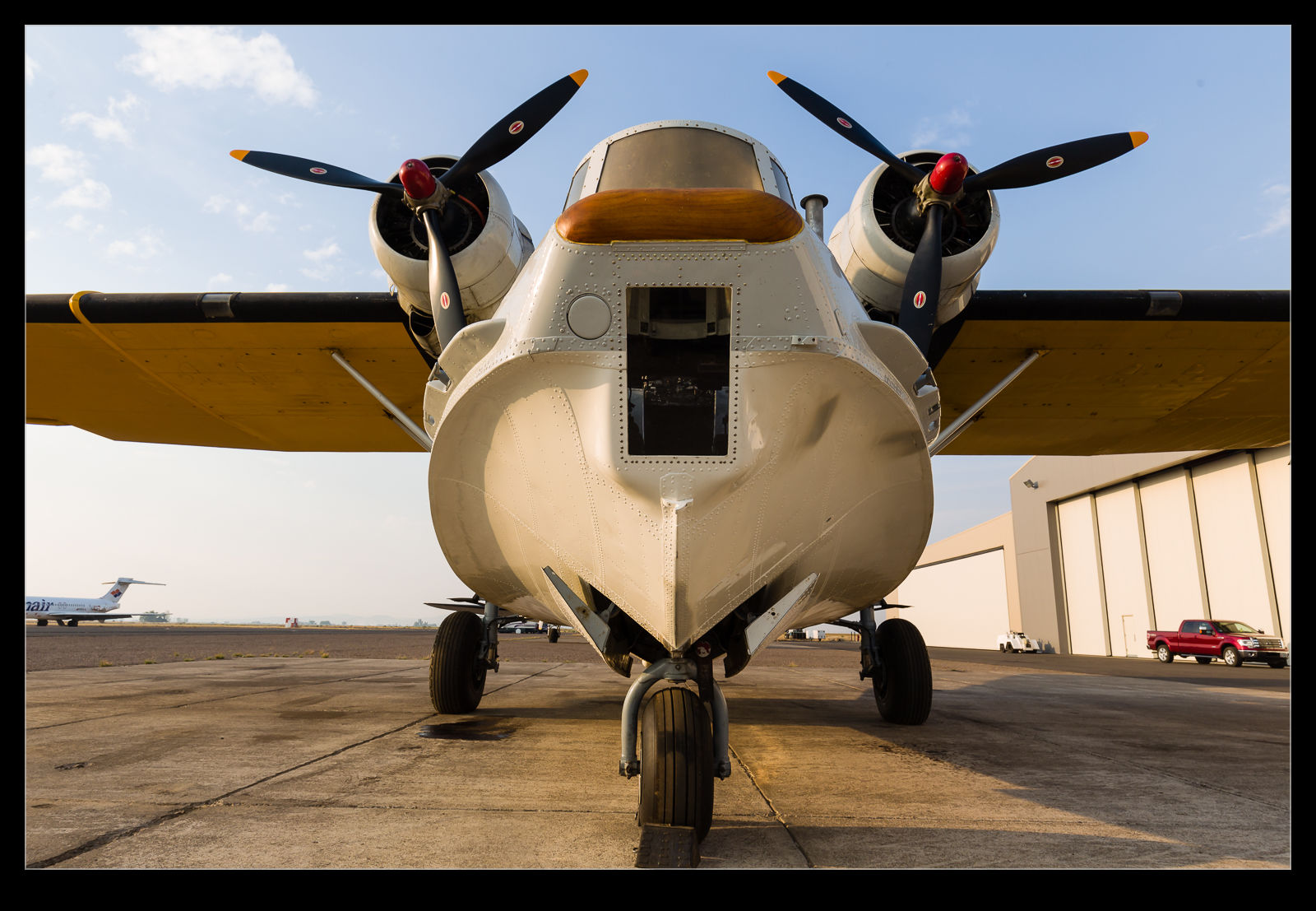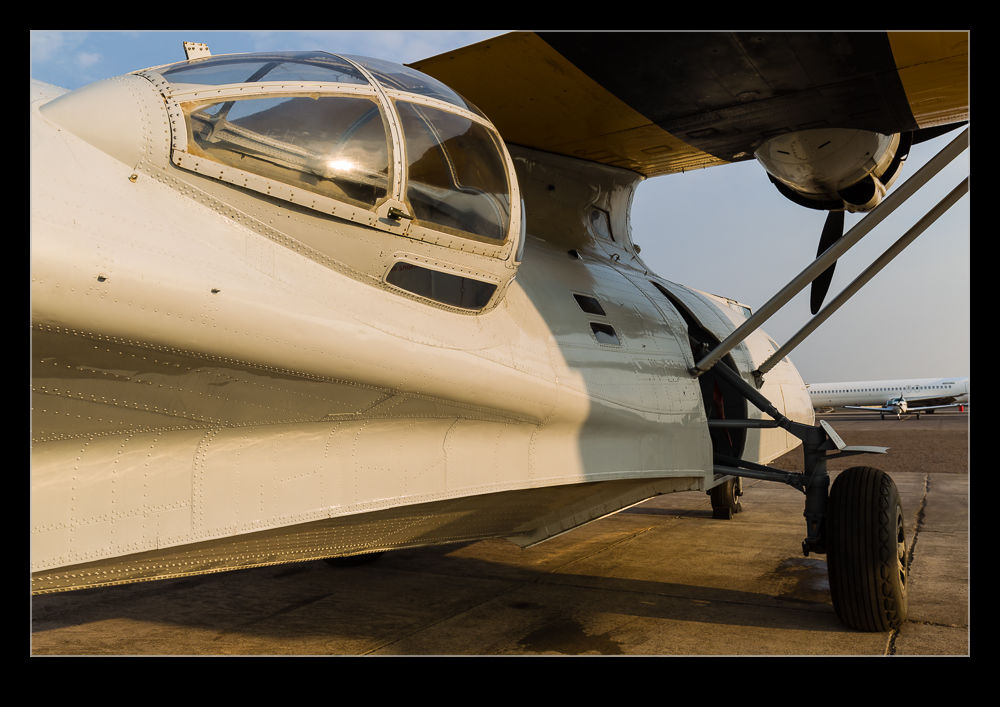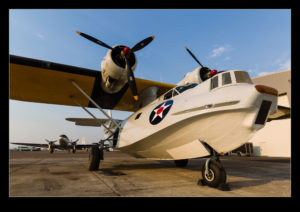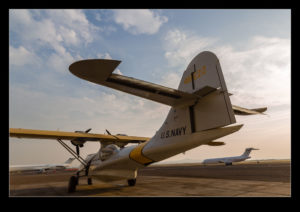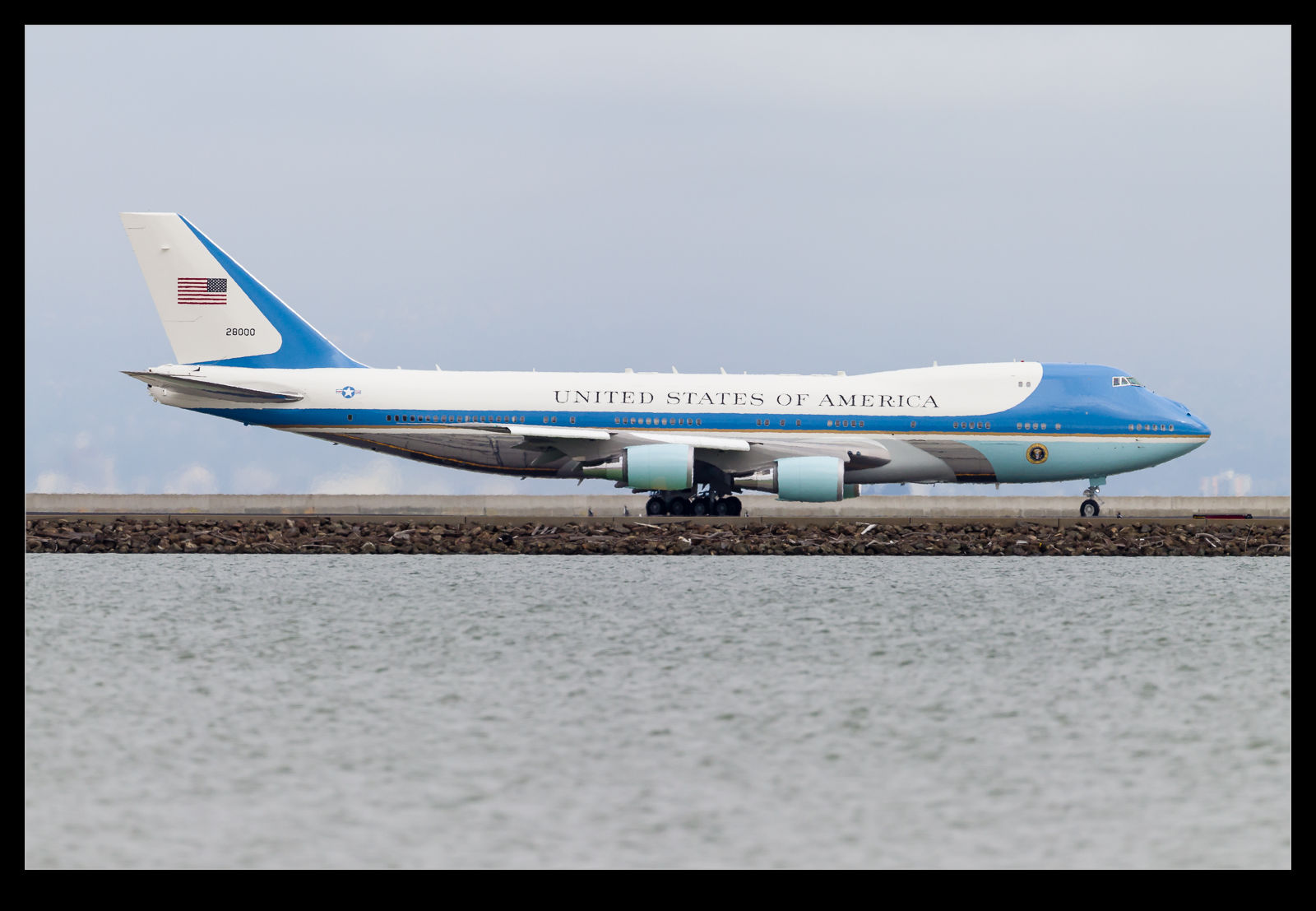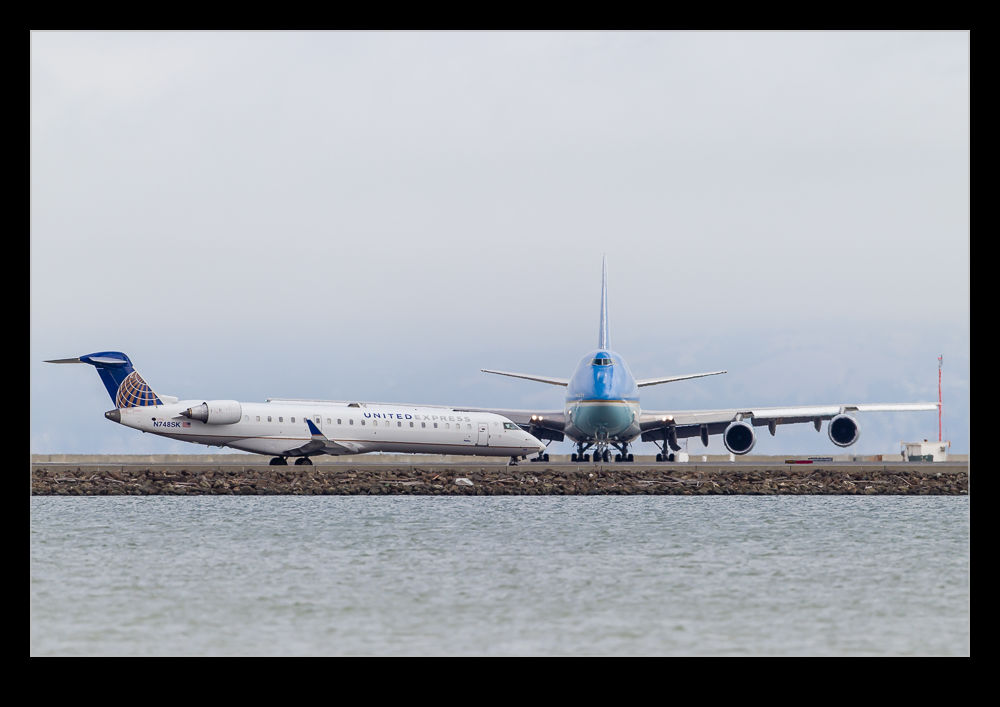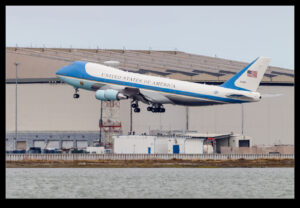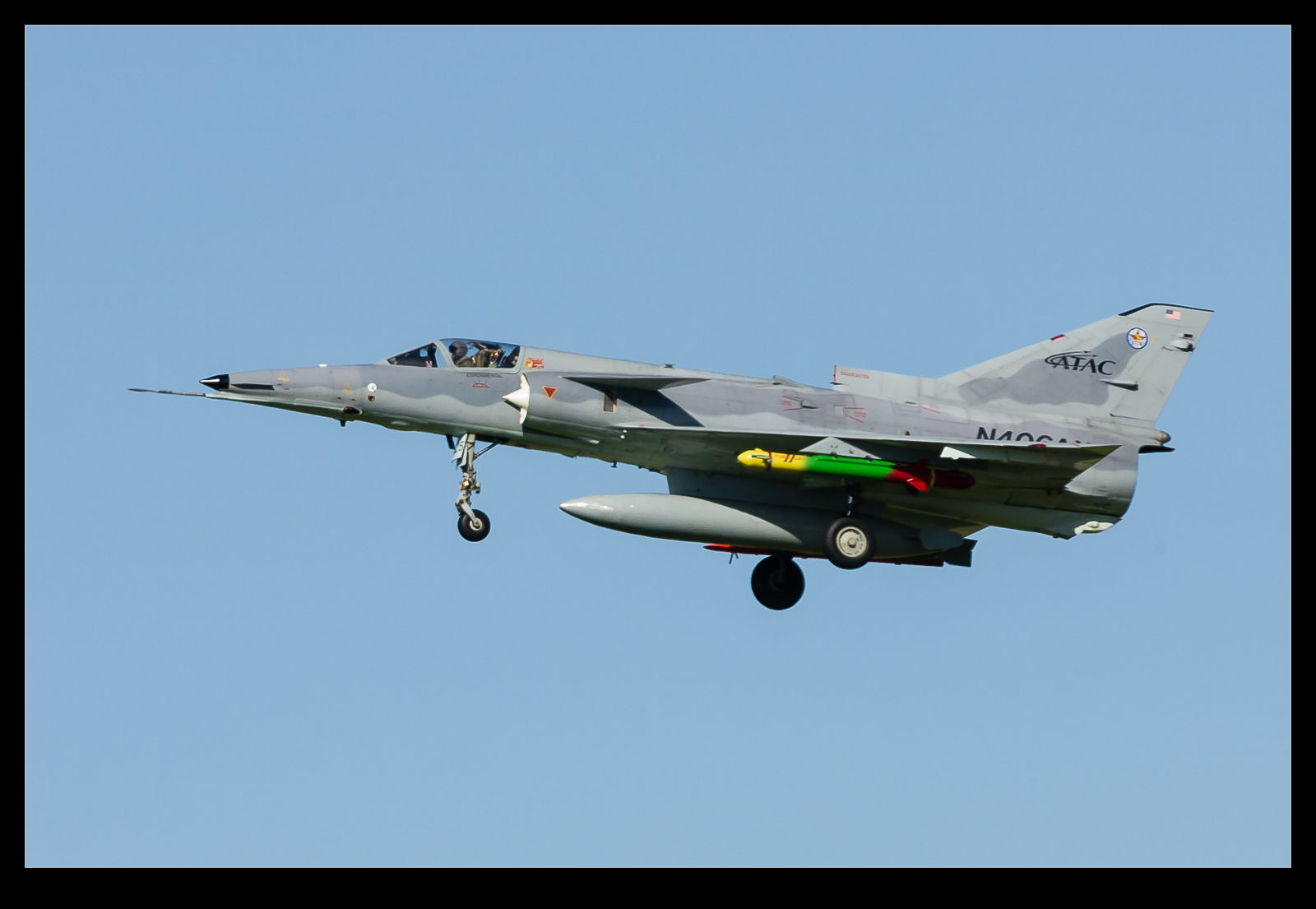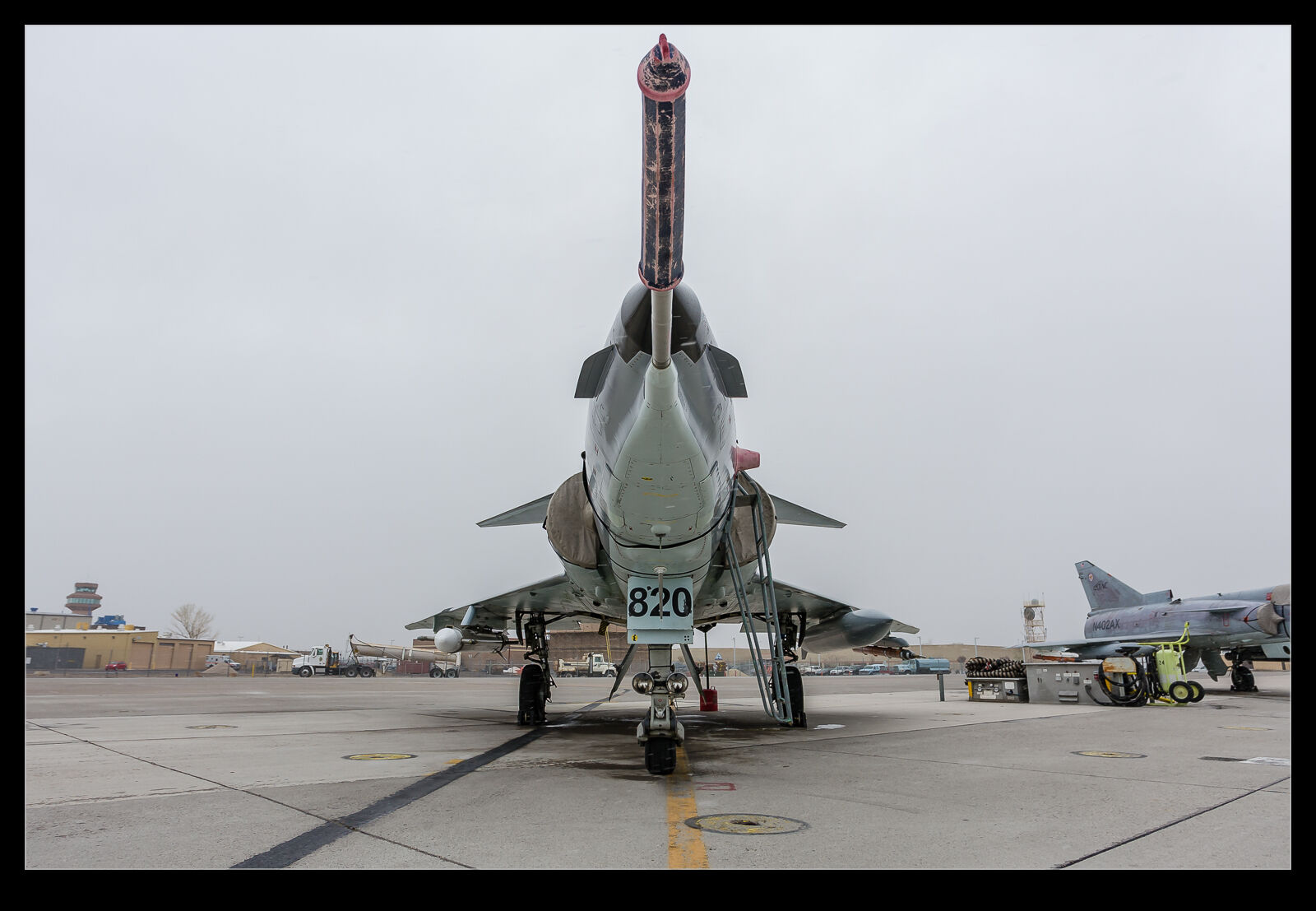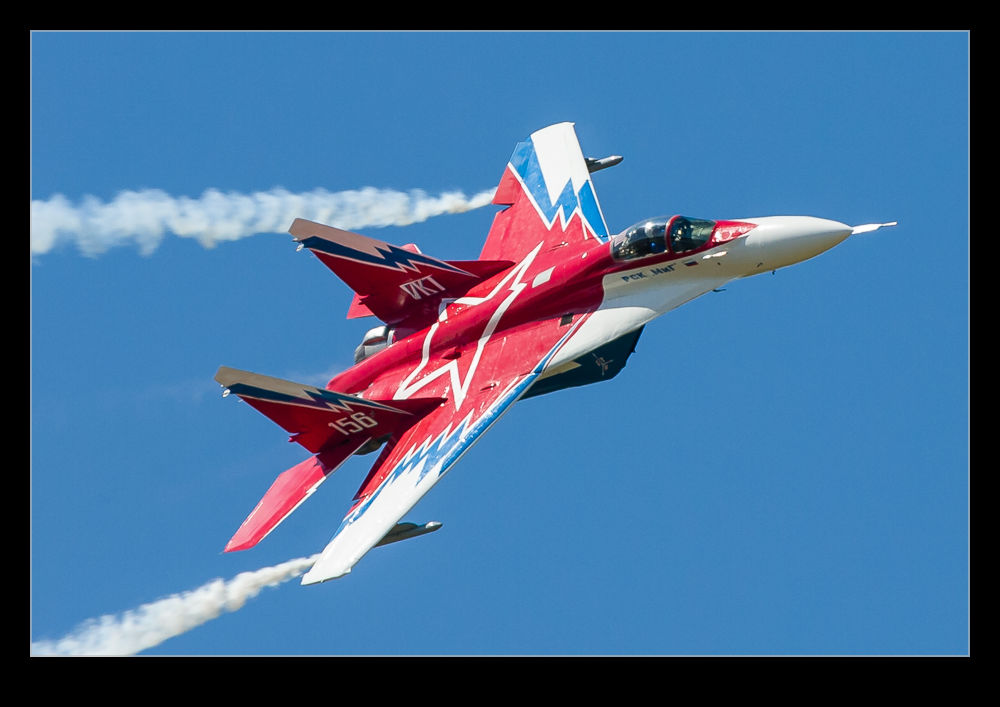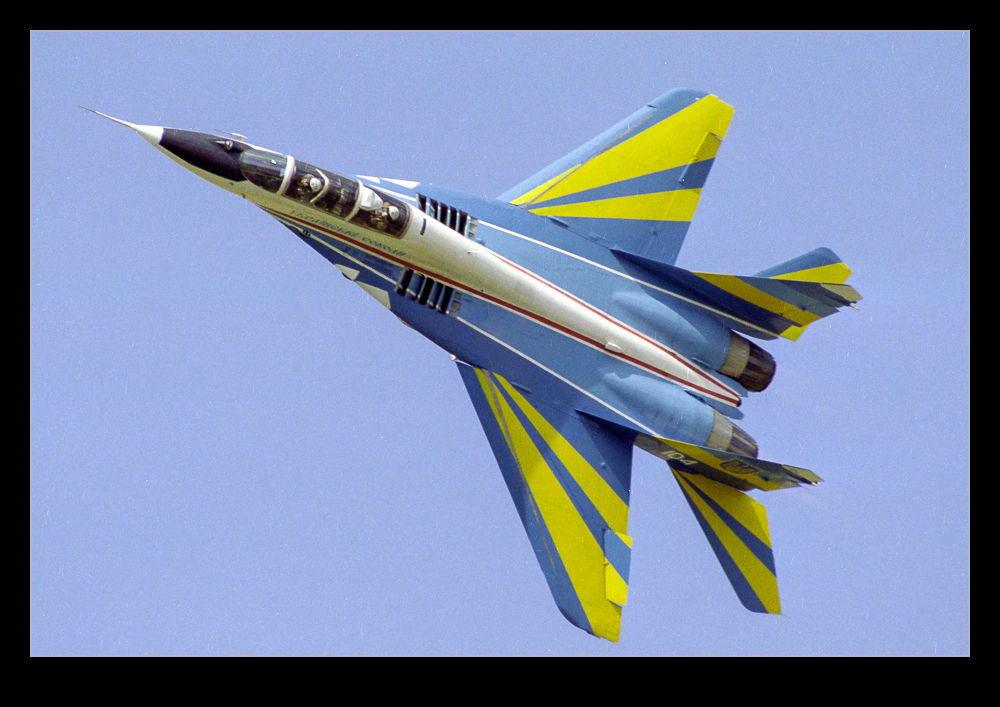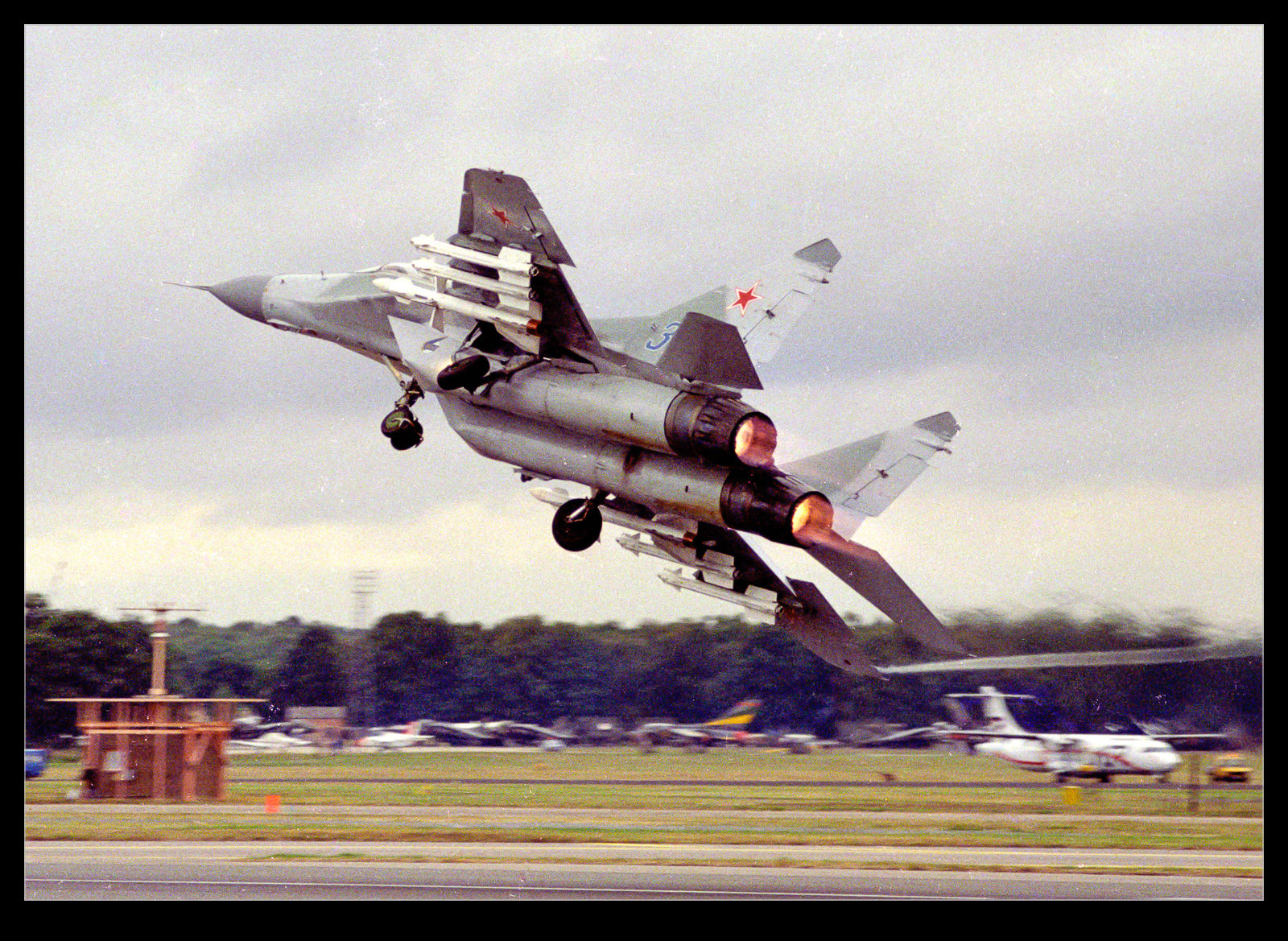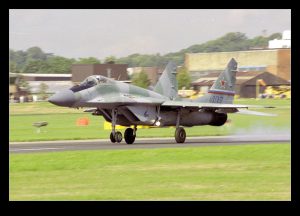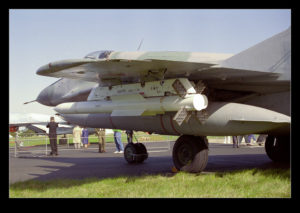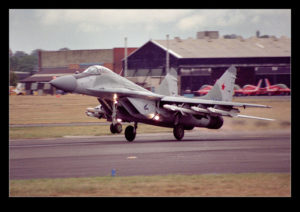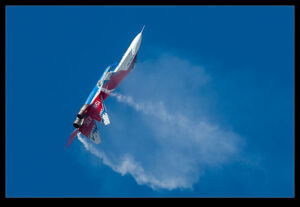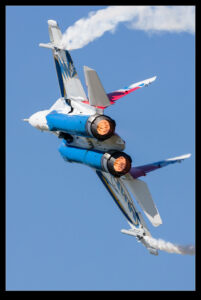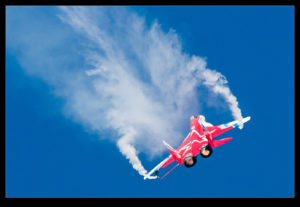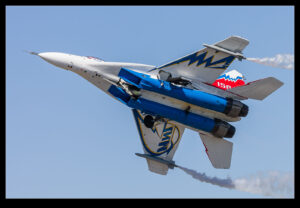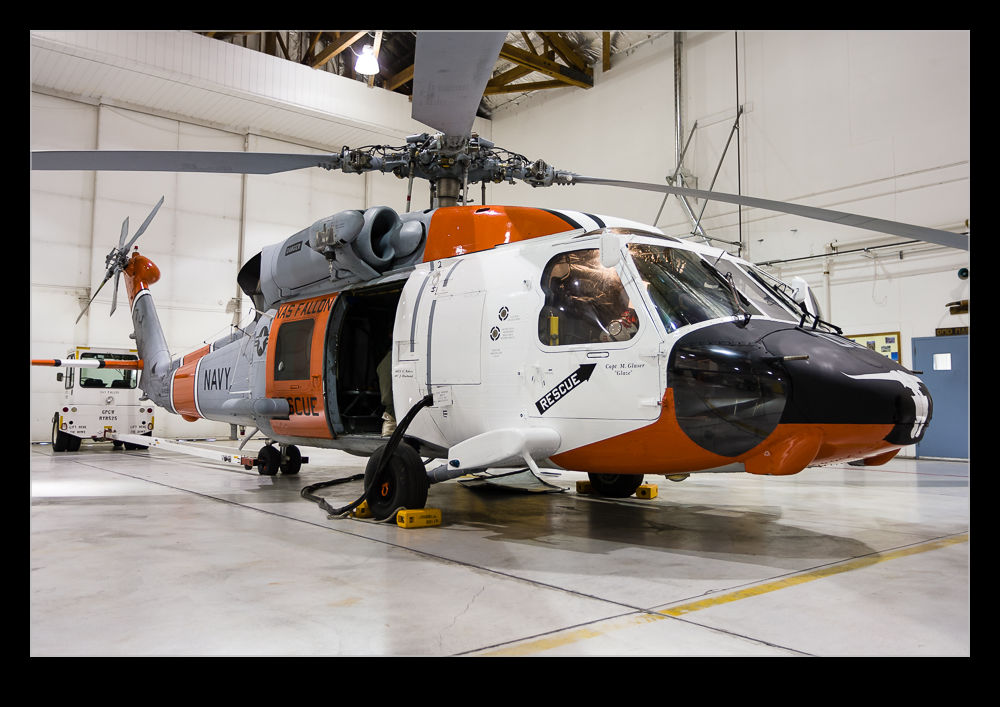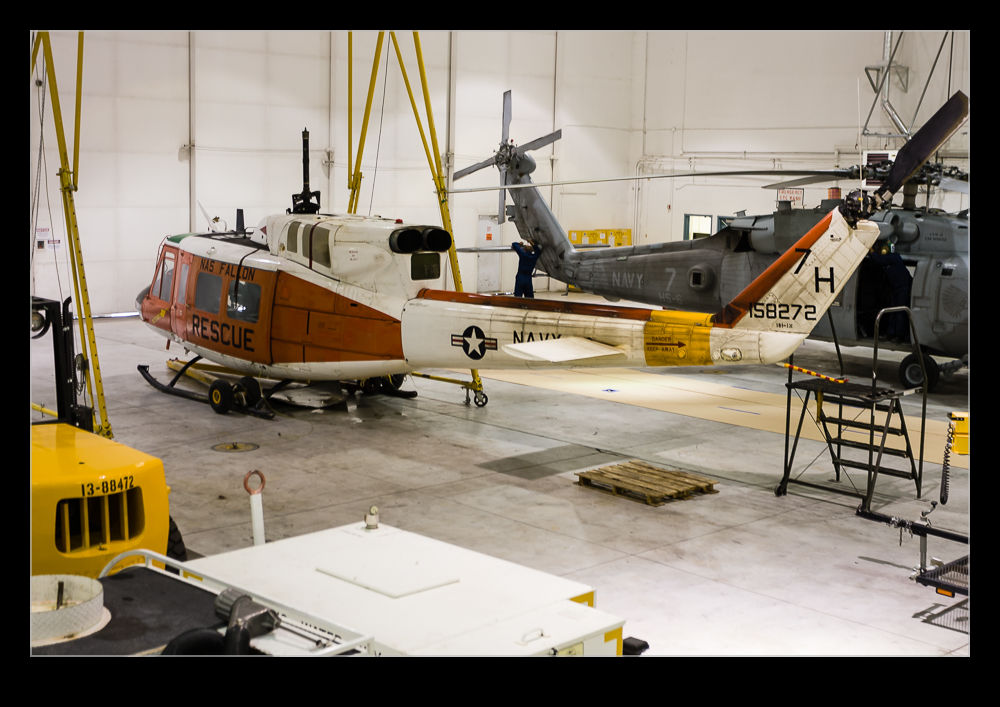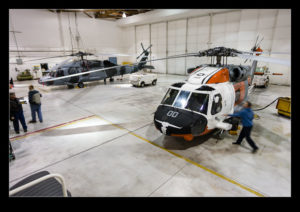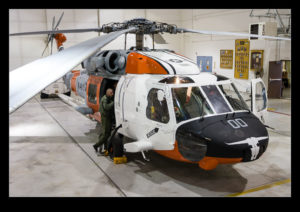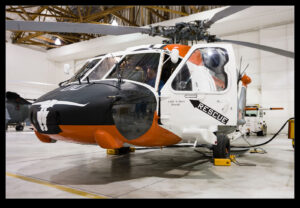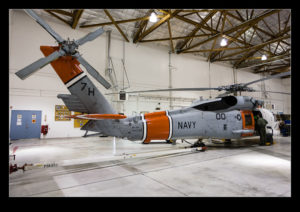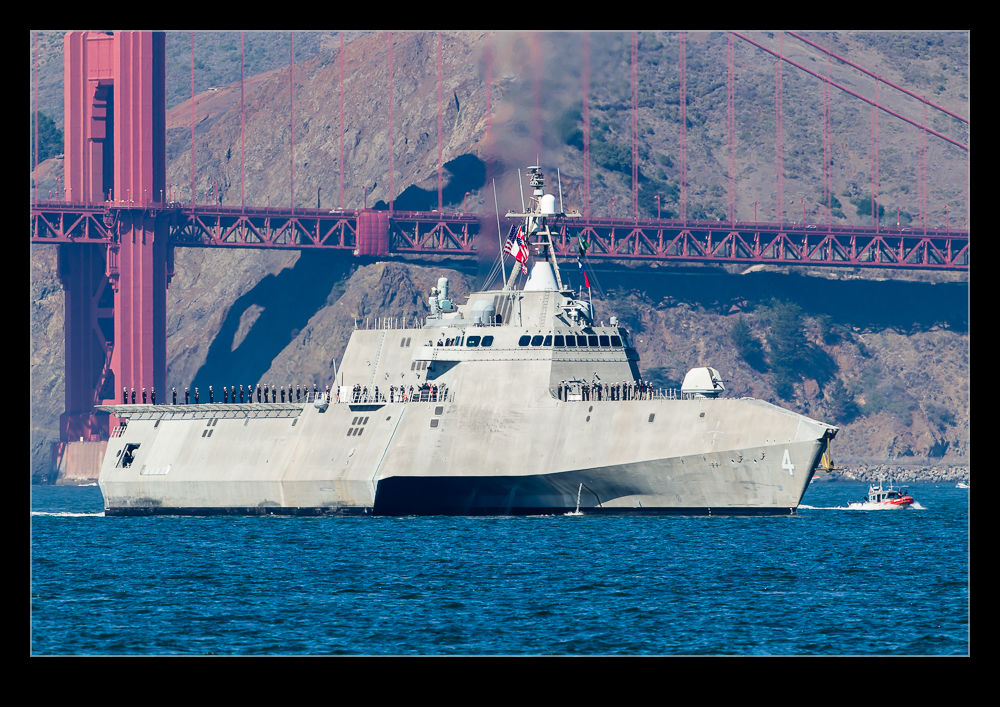 As a small boy, my Gran would take me to Portsmouth each August for Navy Day. We would spend a day walking around the dockyard and getting on to various warships to see what they were like. This was a pretty big event and, in those days, the number of ships in port for those days is probably more than the Royal Navy has in total today. The result of this was an interest in an early day with warships. Growing up by the water meant that ships of all types were a regular feature of life.
As a small boy, my Gran would take me to Portsmouth each August for Navy Day. We would spend a day walking around the dockyard and getting on to various warships to see what they were like. This was a pretty big event and, in those days, the number of ships in port for those days is probably more than the Royal Navy has in total today. The result of this was an interest in an early day with warships. Growing up by the water meant that ships of all types were a regular feature of life.
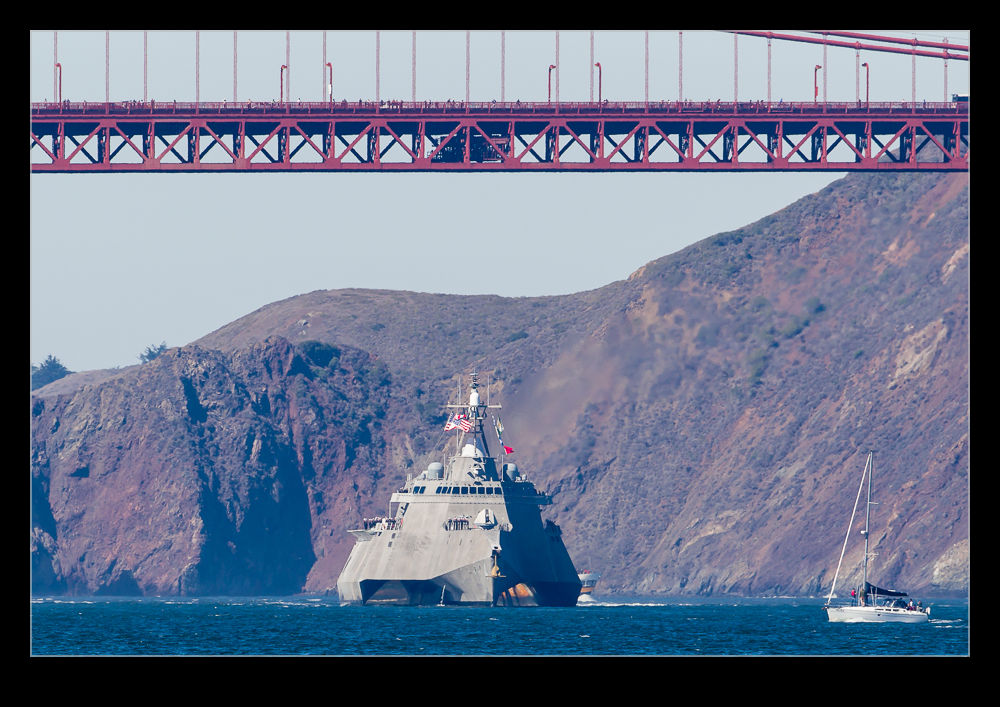 Warship design underwent quite a transition. Traditionally, warships had been slender designs that achieved speed and supposedly provided the most stable ride. However, this was not an approach that was universally agreed and shorter broader designs started to gain favor. The Royal Navy’s Type 23 frigates were one of the first signs that Navy’s were taking new configurations seriously.
Warship design underwent quite a transition. Traditionally, warships had been slender designs that achieved speed and supposedly provided the most stable ride. However, this was not an approach that was universally agreed and shorter broader designs started to gain favor. The Royal Navy’s Type 23 frigates were one of the first signs that Navy’s were taking new configurations seriously.
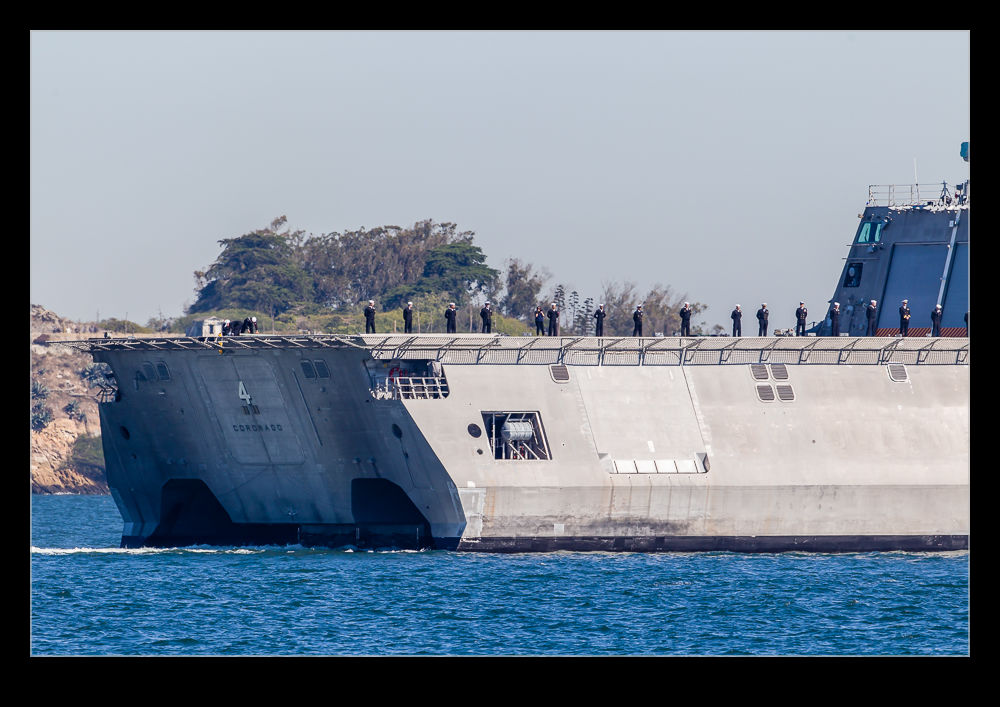 The US Navy’s Littoral Combat Ship (LCS) program has gone a stage further with one of the builders. There are two LCS designs in production and one of them has a narrow center hull and two additional outboard hulls further aft. This trimaran configuration provides slender hulls but with a lot of stability and the space for a large deck. One of the LCS ships was in San Francisco for Fleet Week and took part in the Parade of Ships.
The US Navy’s Littoral Combat Ship (LCS) program has gone a stage further with one of the builders. There are two LCS designs in production and one of them has a narrow center hull and two additional outboard hulls further aft. This trimaran configuration provides slender hulls but with a lot of stability and the space for a large deck. One of the LCS ships was in San Francisco for Fleet Week and took part in the Parade of Ships.
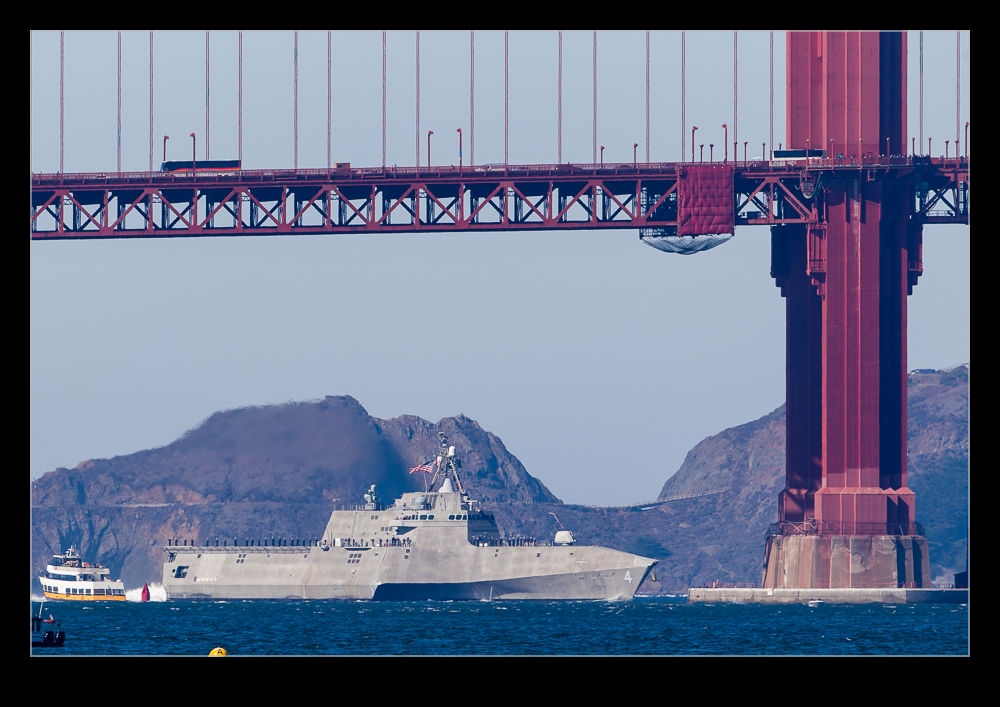 USS Coronado (LCS-4) was the ship on display. She is the second of the General Dynamics – Bath Iron Works ships to be commissioned and entered service in 2014. As she entered the bay under the bridge she turned towards to city and you could get a good view (albeit at some distance) of the unusual hull shape. As she got closer, the view was more abeam the ship but you could still see the layout of the armaments. As she headed away, a view of the stern hinted at the hull layout but really emphasized the width of the deck.
USS Coronado (LCS-4) was the ship on display. She is the second of the General Dynamics – Bath Iron Works ships to be commissioned and entered service in 2014. As she entered the bay under the bridge she turned towards to city and you could get a good view (albeit at some distance) of the unusual hull shape. As she got closer, the view was more abeam the ship but you could still see the layout of the armaments. As she headed away, a view of the stern hinted at the hull layout but really emphasized the width of the deck.
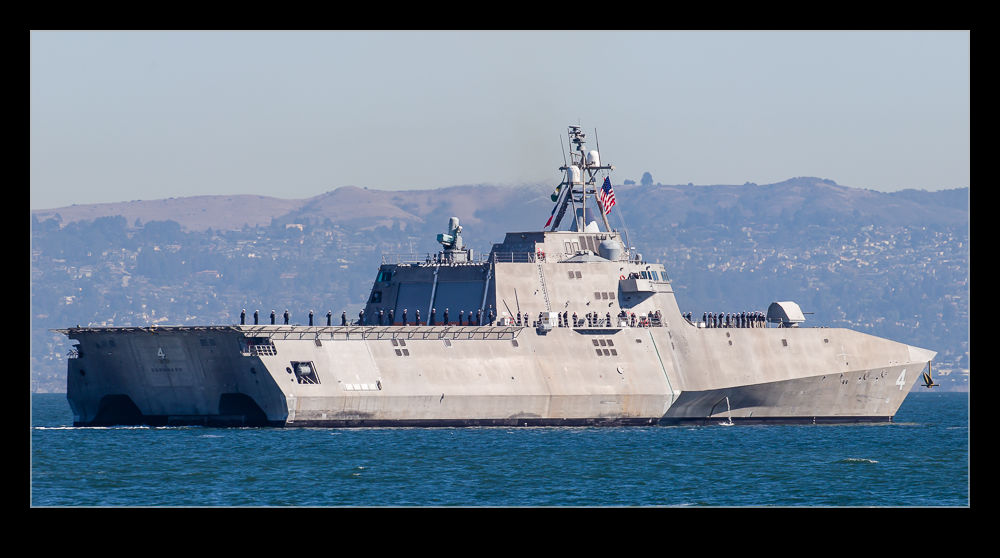 The US Navy is currently reconsidering its needs and is looking for a frigate that is more heavily armed than the LCS designs but makes as much use of the hull designs as possible. We shall see how that all works out. In the meantime, this is one of the more unusual shapes afloat. The Zumwalt destroyer is even more unusual so I shall have to try and see that at some point too.
The US Navy is currently reconsidering its needs and is looking for a frigate that is more heavily armed than the LCS designs but makes as much use of the hull designs as possible. We shall see how that all works out. In the meantime, this is one of the more unusual shapes afloat. The Zumwalt destroyer is even more unusual so I shall have to try and see that at some point too.
 I have mentioned the LCS ship that was part of the Parade of Ships for Fleet Week. It was one of several warships to take part in the parade. Most were US Navy ships but there was also a Coast Guard ship and a visitor from the Royal Canadian Navy. They entered the bay under the Golden Gate Bridge before parading in front of the spectators arrayed along the shore and in the boats out on the water. The first ship was led by a fire boat that sprayed water from its cannons in greeting.
I have mentioned the LCS ship that was part of the Parade of Ships for Fleet Week. It was one of several warships to take part in the parade. Most were US Navy ships but there was also a Coast Guard ship and a visitor from the Royal Canadian Navy. They entered the bay under the Golden Gate Bridge before parading in front of the spectators arrayed along the shore and in the boats out on the water. The first ship was led by a fire boat that sprayed water from its cannons in greeting. These pictures are a sample of the different ships that were on parade. Another warship was part of Fleet Week but it remained tied up during the parade which was a shame as I would liked to have seen it. You could tour it if you wanted but I had other plans that meant that wouldn’t work out.
These pictures are a sample of the different ships that were on parade. Another warship was part of Fleet Week but it remained tied up during the parade which was a shame as I would liked to have seen it. You could tour it if you wanted but I had other plans that meant that wouldn’t work out.
